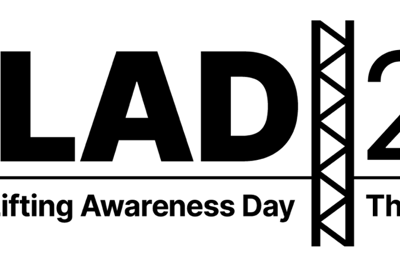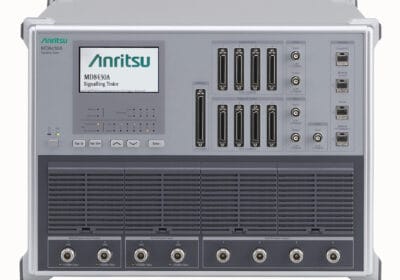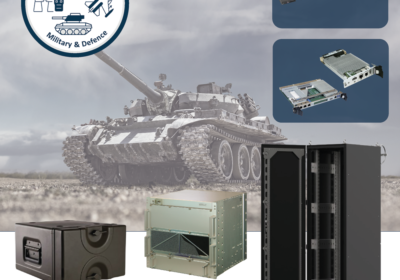Today, industrial robots are used in almost all industries – from automotive to plastics and medical technology. They bring many benefits to manufacturing facilities and are paving the way for the smart factories of the future. Nevertheless, there are certain limitations manufacturers should consider when choosing their robotic equipment. Here Neil Ballinger, head of EMEA at automation parts supplier EU Automation, discusses these limitations and how to overcome them.
The need for automated processes is growing, with the market for industrial robots predicted to reach USD 31.3 billion in 2028, according to Fortune Business Insights. Manufacturers become increasingly aware of the potential business and production benefits of implementing robots. Nevertheless, industrial robots are not without drawbacks. Here are some of their most common limitations and some suggestions of what manufacturers can do to overcome them.
Affordability
Generally, industrial robots require a large upfront investment, including additional installation and configuration costs. Manufacturers also need to consider future maintenance costs and the need for extra components.
Similarly, robotics is a constantly evolving industry, with upgraded machines always appearing on the market. Investing in new robots regularly might be a struggle for some companies, particularly smaller ones that could go bankrupt in the attempt to keep up with industrial trends.
However, industrial robots can help manufacturers cut costs in different areas. They can reduce production costs and increase profits by optimising work. With a clear investment strategy and financial plan, robots are most likely to bring a fast return on investment.
Another smart alternative is to invest in reconditioned robots. Typically, used robots cost half as much as new ones, while maintaining their efficiency and operability.
Safety
Industrial robots have always been considered somehow dangerous on the factory floor. And for good reason – they are big, hulky pieces of equipment that can move at very fast speeds. Older machines even lack the sensory capabilities to detect nearby humans, making them prone to dangerous collisions and accidents. For this reason, many manufacturers add cages or dividers to separate robots from their human co-workers.
More recently, with the introduction of collaborative robots, which are smaller, lighter and designed specifically for work with humans, safety has become one of the main priorities in industrial automation. More regulatory practices have been put in place for both hulky industrial robots and cobots.
While there is still way to go to achieve absolute safety in the factory, there is no doubt that progress is ongoing. New technologies like light curtains, laser scanners and presence-sensing devices are widely accepted as a method of increasing humans’ safety.
A good practice for manufacturers is also to conduct an individual risk assessment of their production line and train workers on how to react in a potential accident.
Harder to train
Industrial robots require expert programming and training to perform tasks, so companies need to hire experienced engineers and programmers to oversee the installation of robots. On top of that, even experienced personnel might need retraining when new software is developed or new robots appear on the market. If a robot is not programmed properly, it can lead to malfunction and harm those around it.
However, in recent years a new method of training robots has been implemented – the no-code or low-code programming. It allows employees with less coding experience to configure a robot using visual modelling and drag-and-drop user interfaces. Due to the easy-to-use format of no-code and low-code platforms, robots can also be reprogrammed for different jobs by just adjusting their arm. While companies would once require multiple robots, now a simple adjustment can be made by a non-technical person, saving companies time, space and money.
The trend of low and no-coding platforms is rising, with 84 per cent of enterprises in the US, UK, Canada and Australia implementing low-code development platforms to lessen coding needs.
Industrial robots have been proven to simplify human work, bring a fast ROI for manufacturers and streamline production. Nevertheless, they are not without limitations. They are harder to train than humans, require high investment and maintenance costs and pose safety challenges. While these are valid concerns for manufacturers, they can be address with careful planning and new technologies to overcome them. At EU Automation, we believe industrial robots are indispensable assets for smart factories and we always keep up with the latest news in their developments.
If you want to keep informed with advancements in industrial robotics, visit www.euautomation.com.








